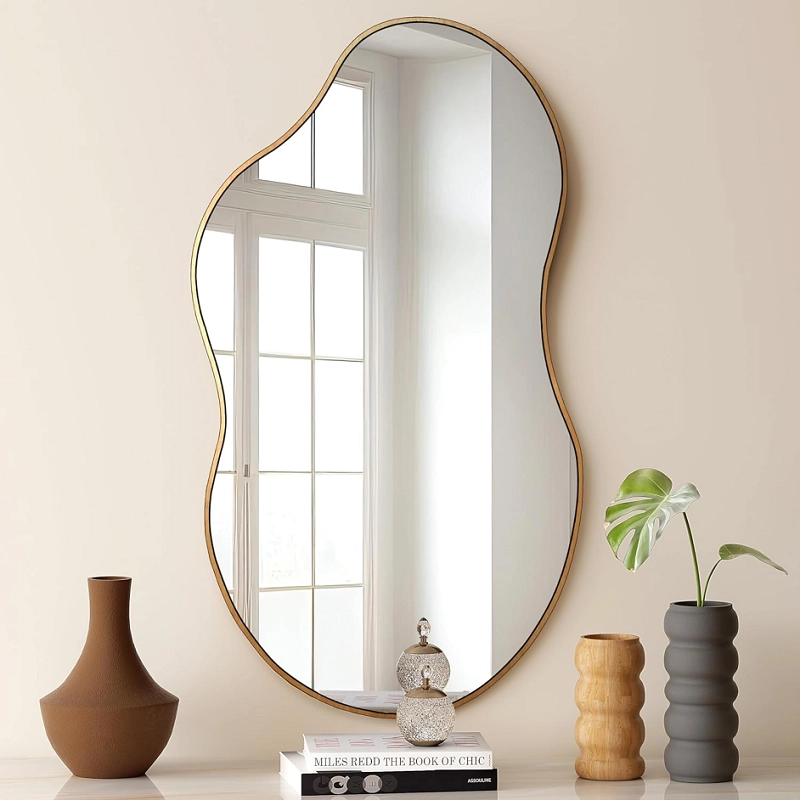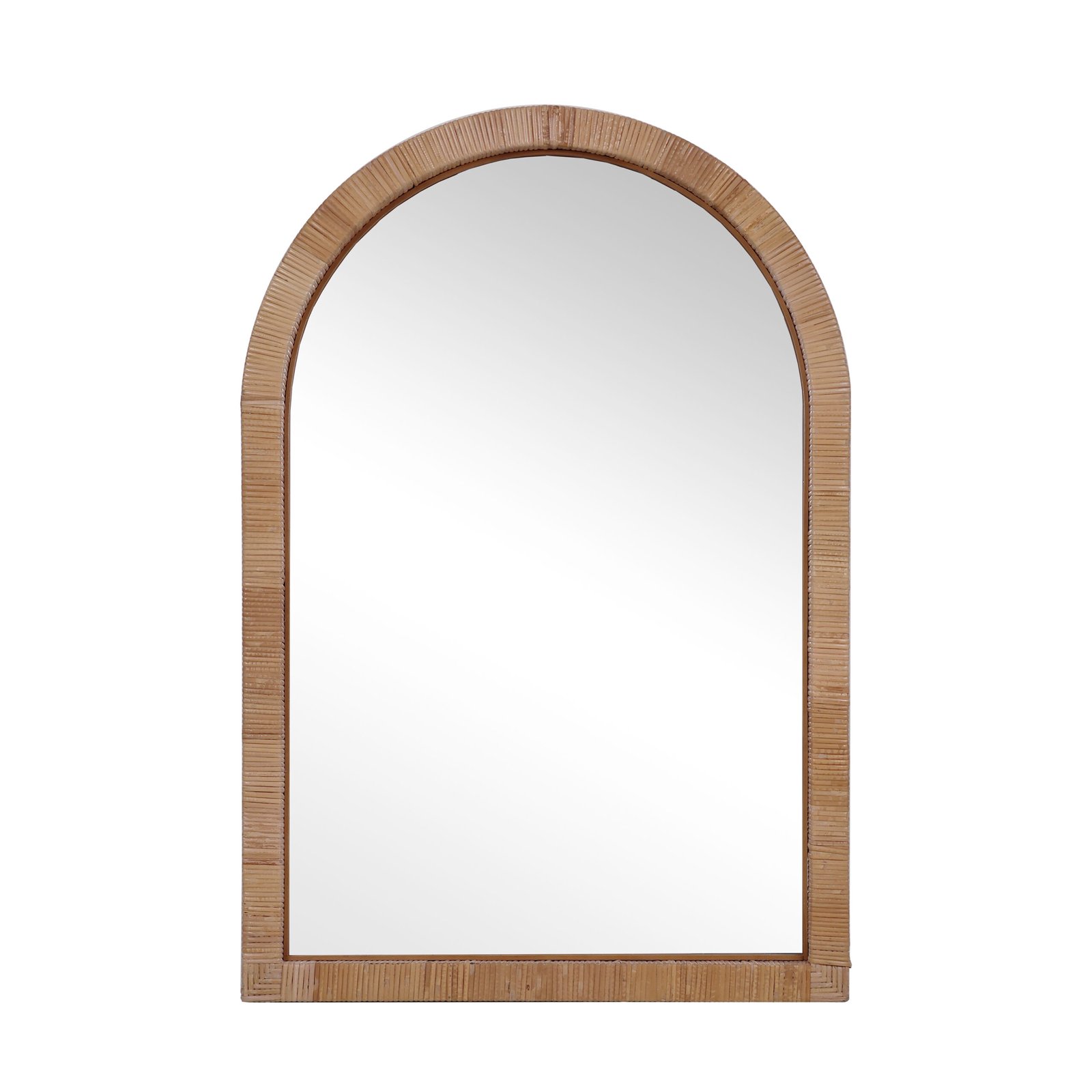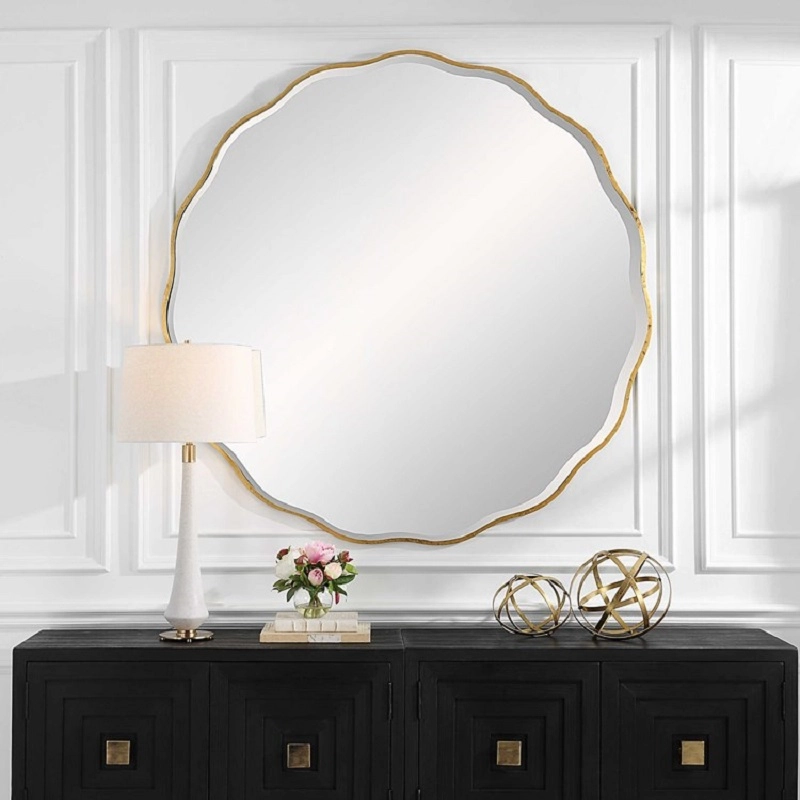round bathroom mirror
Bronze-Framed Dawn and Dusk: A Mirror’s Spatiotemporal Narrative
—Exploring the Poetics of Bathroom Ellipse in Teruiermirror
Prologue: Vessel of Light
When morning light climbs the stained-glass windows of an Istanbul old house, when Cairo café lanterns cast diamond-shaped shadows at dusk, or when the misty haze of a London apartment’s bathroom lingers—the elliptical curve always traces a subtle ritual in intimate spaces. This contour, originating from Renaissance noblewomen’s vanity cases, now finds rebirth in contemporary bathroom philosophy, becoming a liquid boundary between body and soul.
I. The Soul of Form: Beyond Reflection
The Poetry of Curvature
The elliptical mirror is no geometric accident. Its flowing frame, like the gentle curves of the Nile Delta, naturally softens the rigid angles of bathroom walls. Teruiermirror’s laboratory-verified 16:9 golden ratio extends vertical depth, transforming cramped British apartment bathrooms into illusions of Versailles’ Hall of Mirrors. When steam rises, the smooth edges guide droplets downward, avoiding the crudeness of grime trapped in sharp corners.
The Secret Language of Silvering
Beneath the surface lies an innovation of ancient craftsmanship. Using a seven-layer silvering technique passed down by Venetian glassmakers, a molecular light tunnel is constructed on a 0.8mm glass base. Tests show this structure maintains 98.7% color accuracy even in London’s overcast gloom, rendering morning blush and Sahara sunsets with the same chromatic fidelity.
II. Folding Time: A Brief History of Civilization in the Bathroom
Bronze Chronicles
The frame is a cipher of civilization. Damascus artisans etch vine patterns onto recycled brass, each scratch documenting three years of Mediterranean salt-spray endurance. In Fez, Morocco, archaeologists discovered 17th-century candlesticks with similar alloy compositions—still free of patina—inspiring Teruiermirror’s material team in the Atlas Mountains.
Alchemy of Light
When Cairo’s afternoon sun strikes at 47 degrees, the elliptical mirror refracts beams into pebble-shaped pools of light. Alexandrian opticians transformed this trait into a “Dawn-Dusk Lighting System”: embedded LED strips create secondary reflections, spreading light like liquid olive oil. This design was adopted by Mecca’s Royal Hospital, offering elders a glare-free ablution space.
III. The Silent Revolution: Contemporary Ethics of Objects
In an era of fast consumption, this mirror upholds the dignity of slow craftsmanship. Istanbul artisans polish frame joints with camel bone—a tradition rooted in Quranic purity—ensuring warp-free durability in steam. A deeper revolution hides behind the glass: Teruiermirror forgoes chemical anti-fog coatings, instead mimicking the honeycomb structure of Prophet’s Mosque pillars, weaving micro-air channels into the glass to disperse condensation before it forms.
Epilogue: The Mirror of Being
“The bathroom is the last private temple,” wrote Damascus poet Adonis in My Loneliness is a Garden. When an elliptical mirror hangs on rough stone walls, its silvered depths reflect a Bedouin grandmother’s silver hair, an Istanbul bride’s olive wreath, or a Parisian writer’s hungover gaze—transcending utility to become an existential anchor. In those liminal moments between dawn and dusk, the face within the bronze frame locks eyes with a Venetian noblewoman from the 15th century, completing a timeless gaze across the ages.
Generally speaking, our order requirements are as follows: the minimum order quantity (MOQ) for large items is 50 pieces, for regular items it is 100 pieces, for small items it is 500 pieces, and for very small items (such as ceramic decorations) the MOQ is 1,000 pieces. Orders exceeding $100,000 will receive a 5% discount. The delivery timeline is determined based on the specific order quantity and production schedule. Typically, we are able to complete delivery within two months.
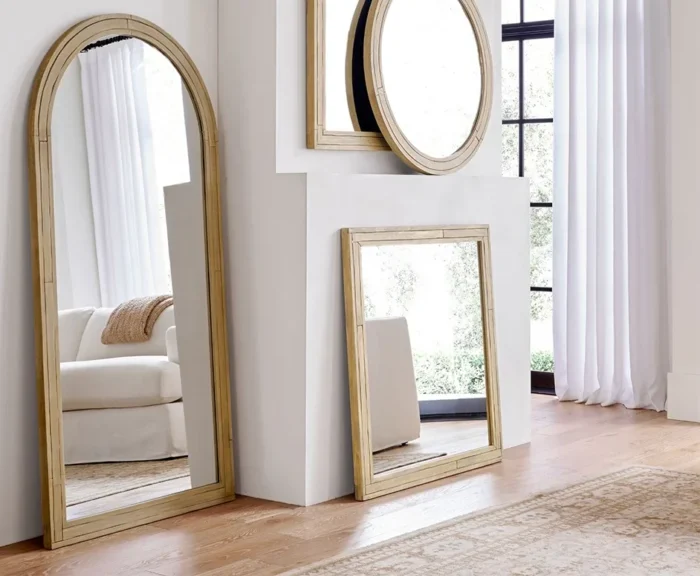
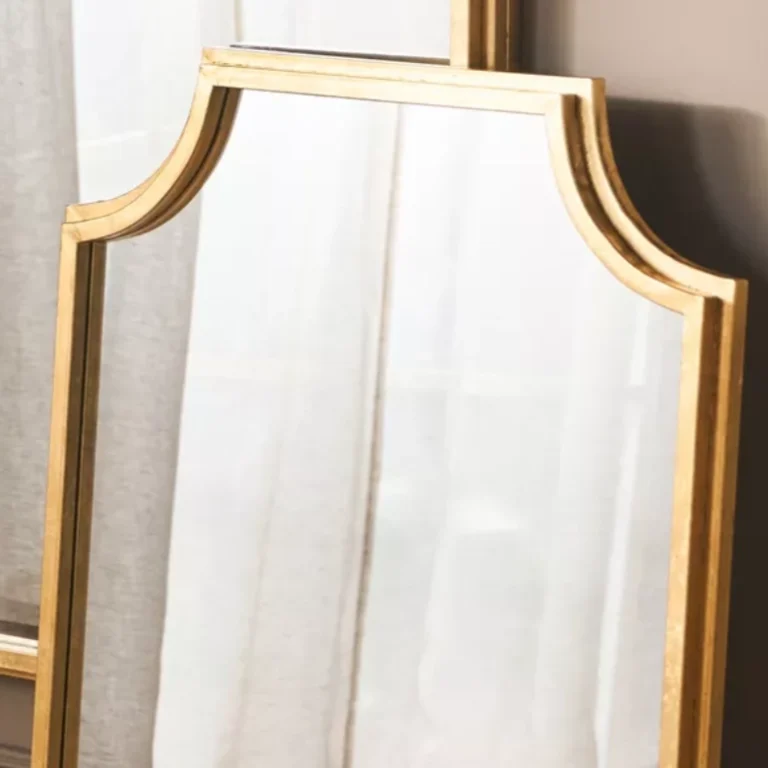
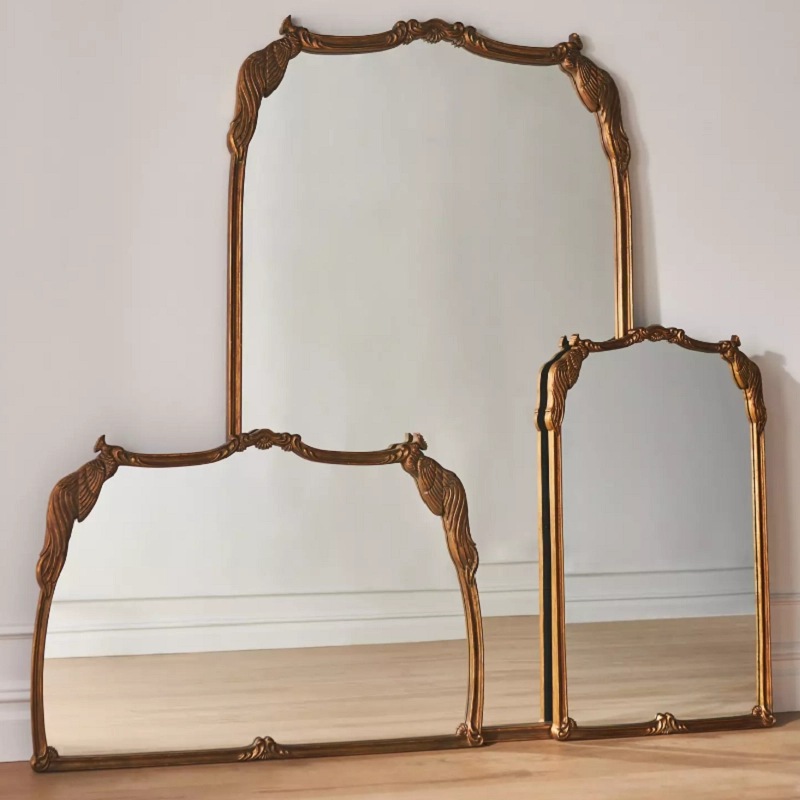
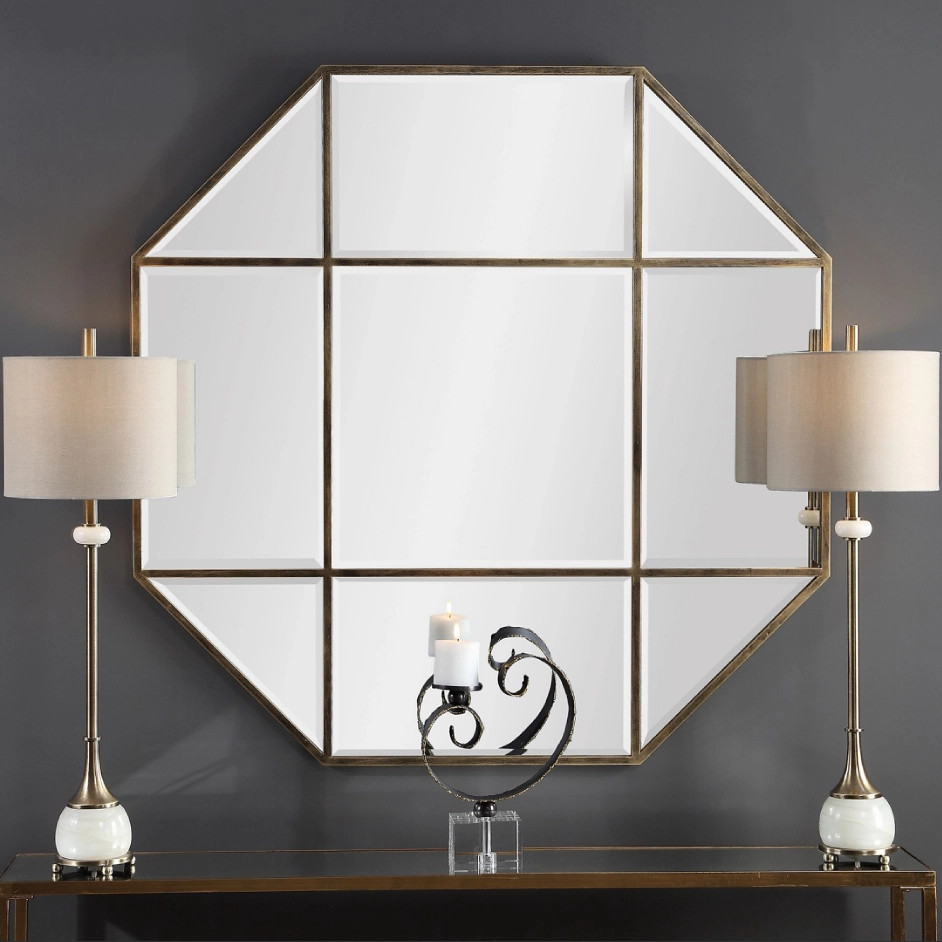
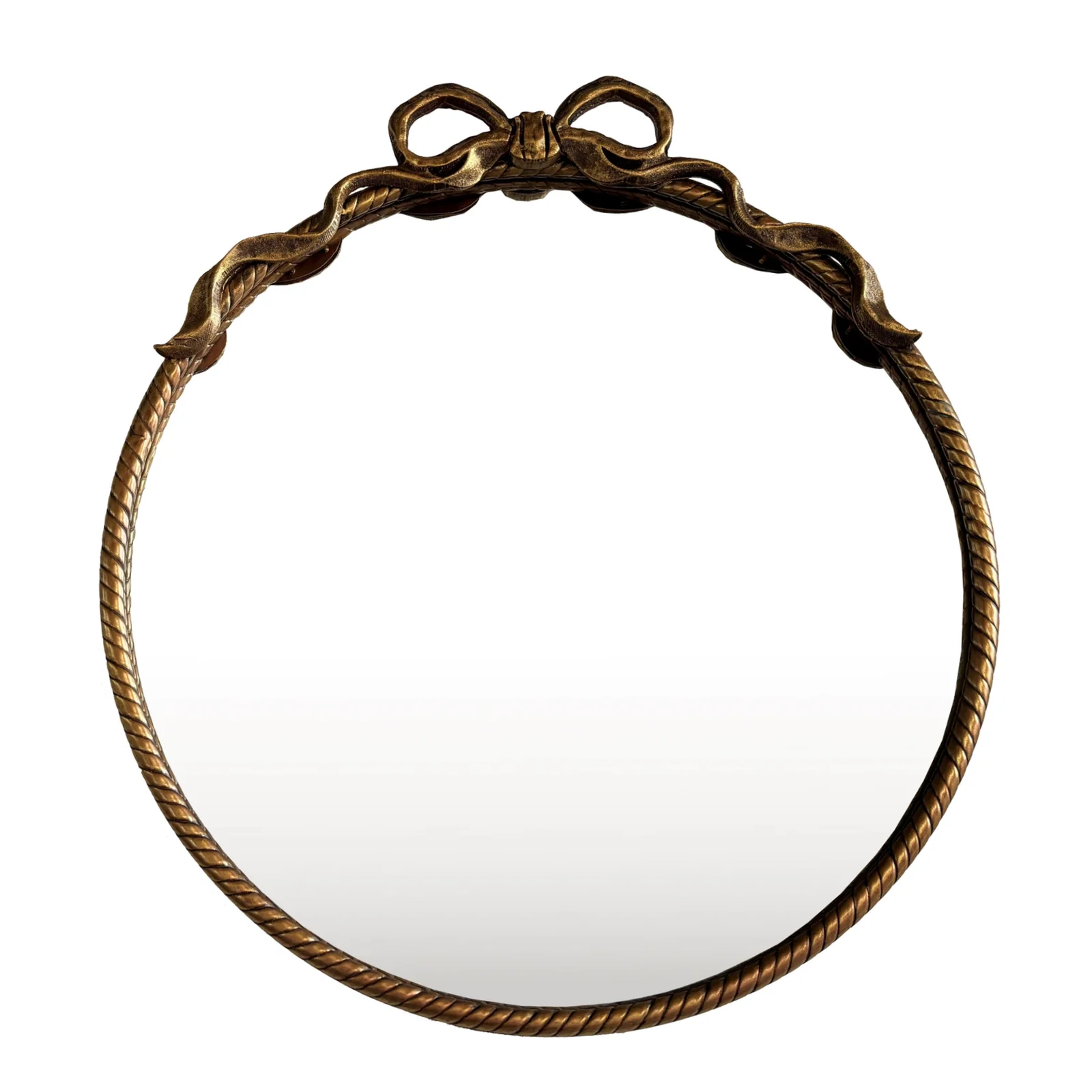

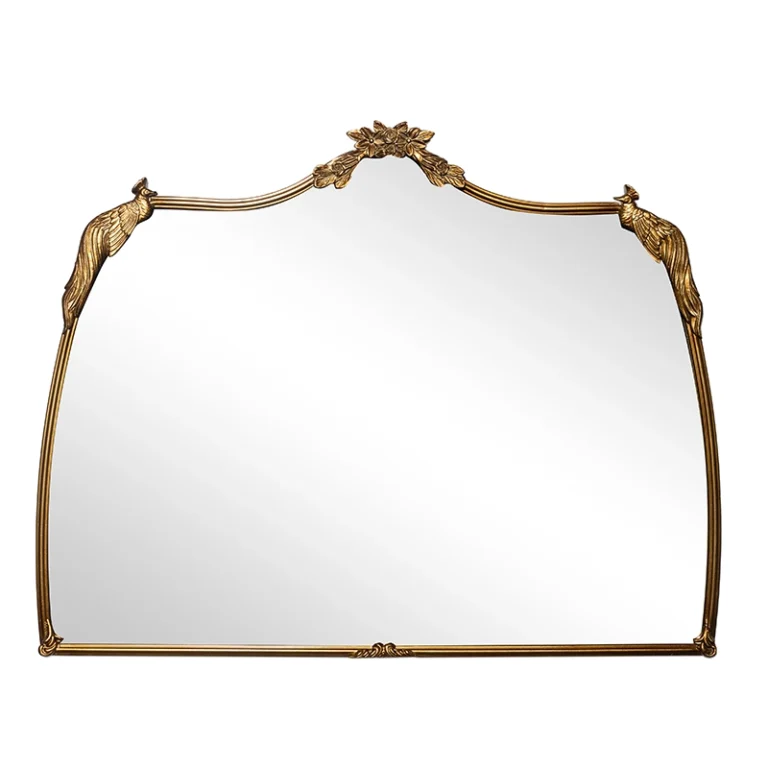
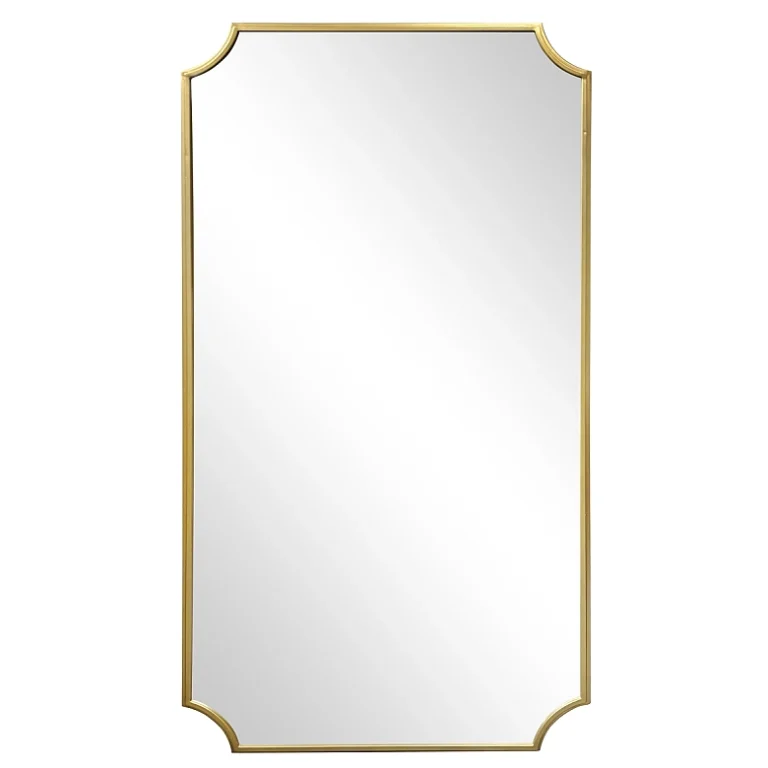
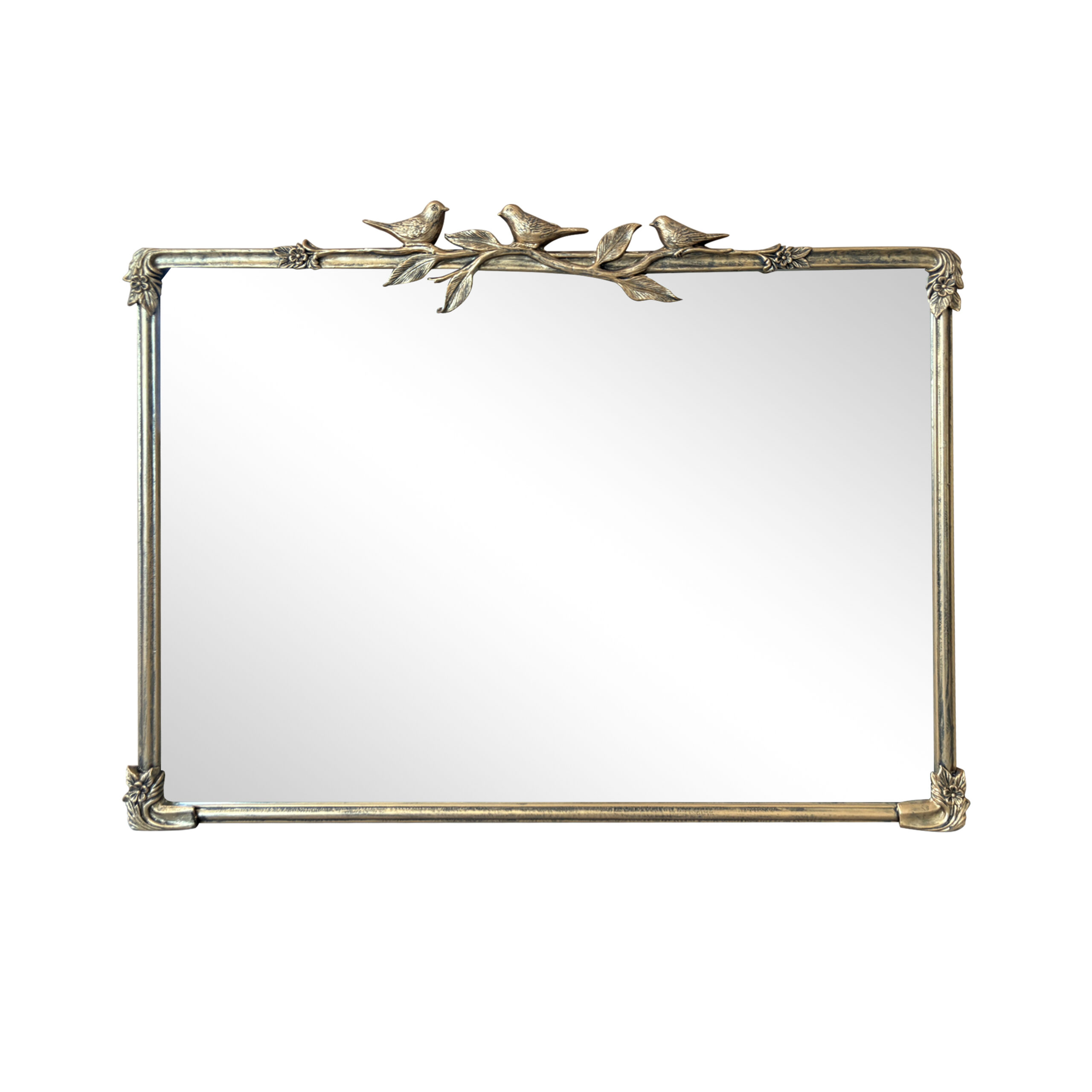
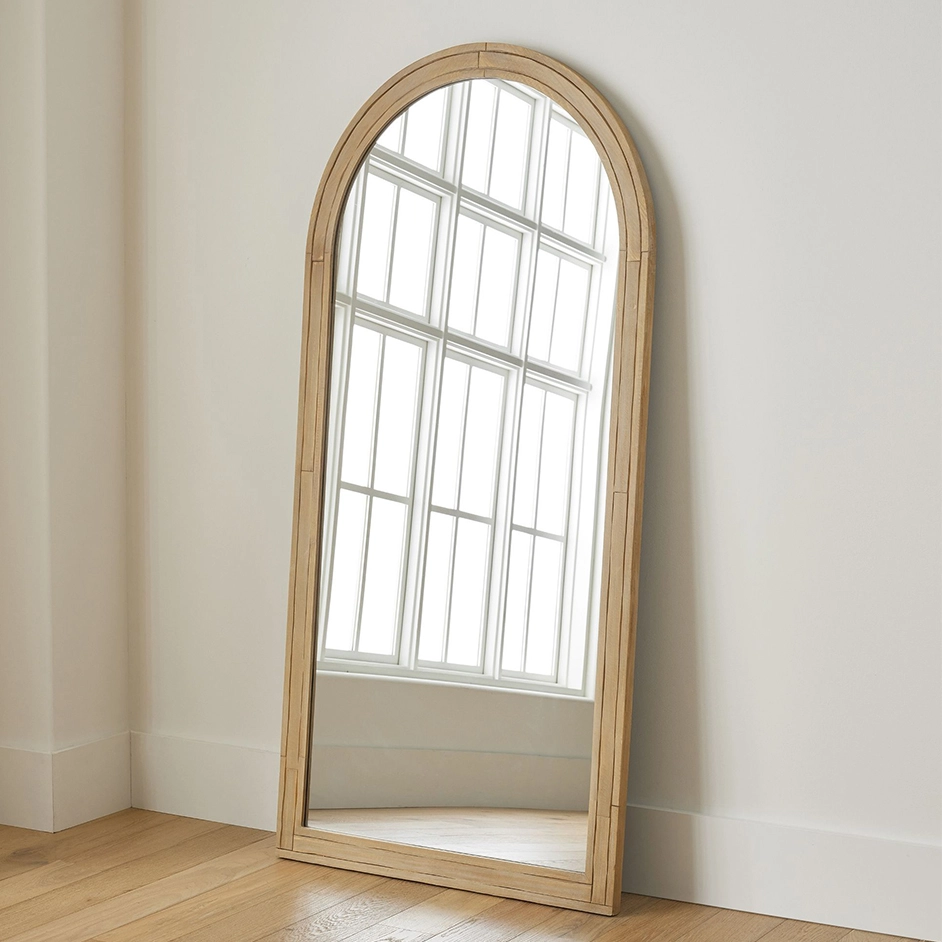
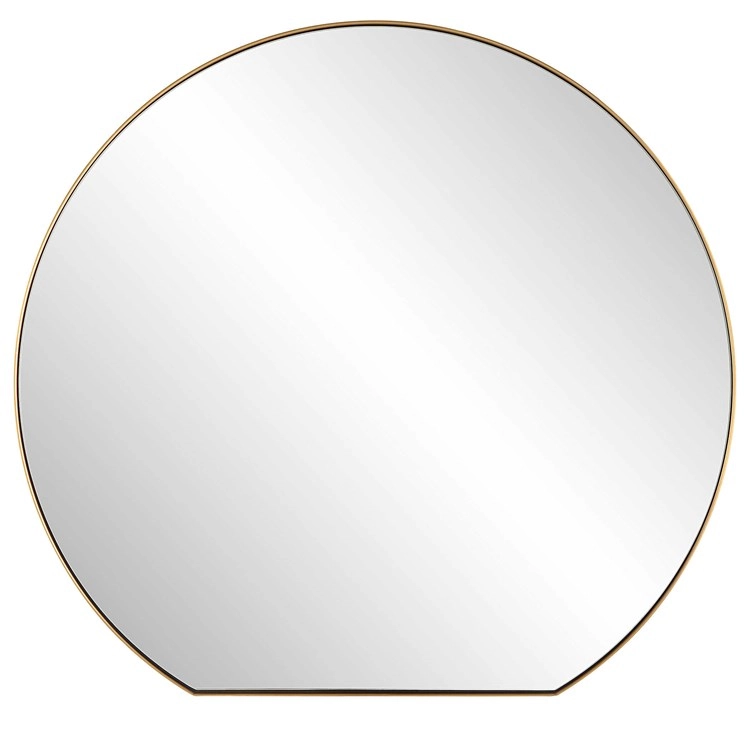
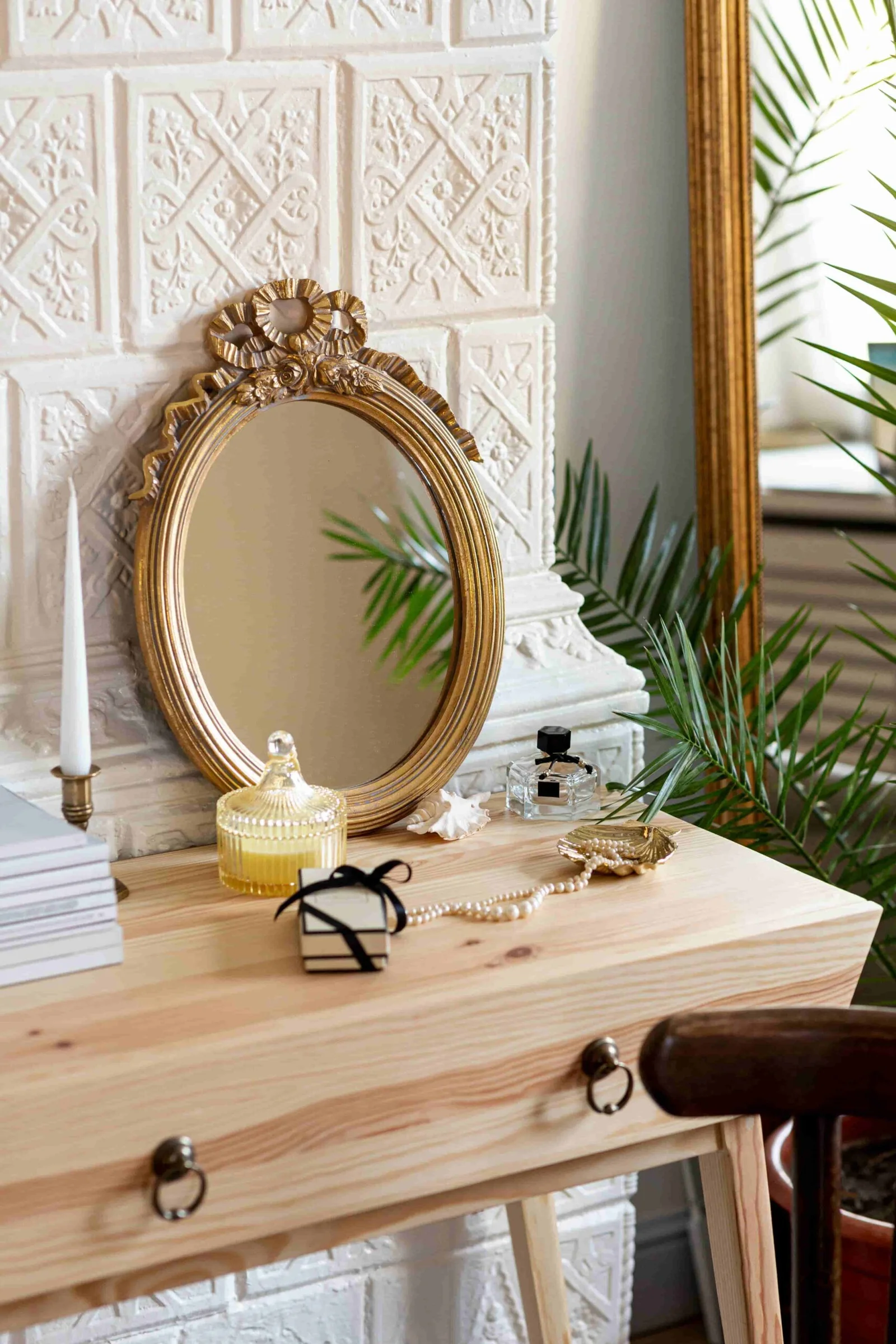
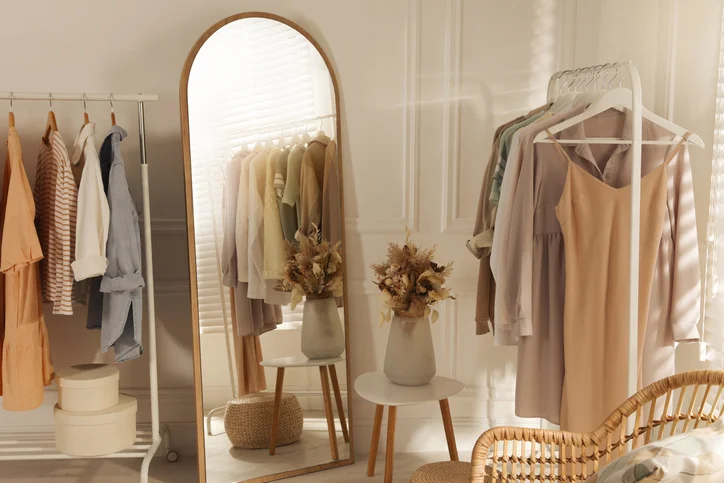
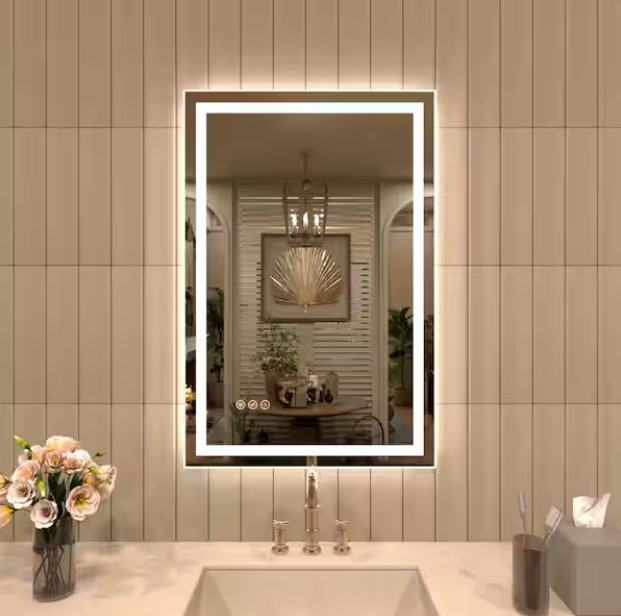
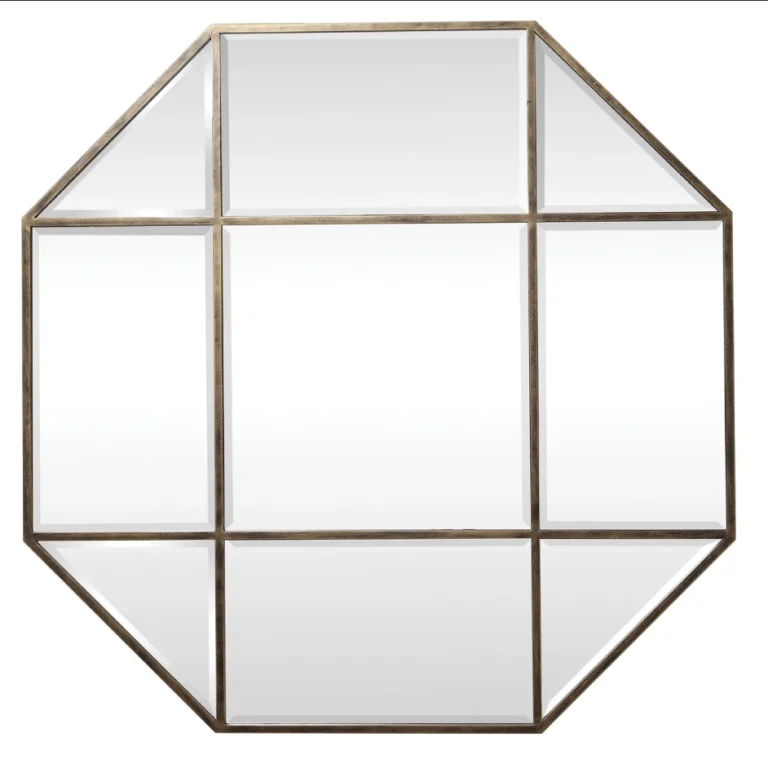


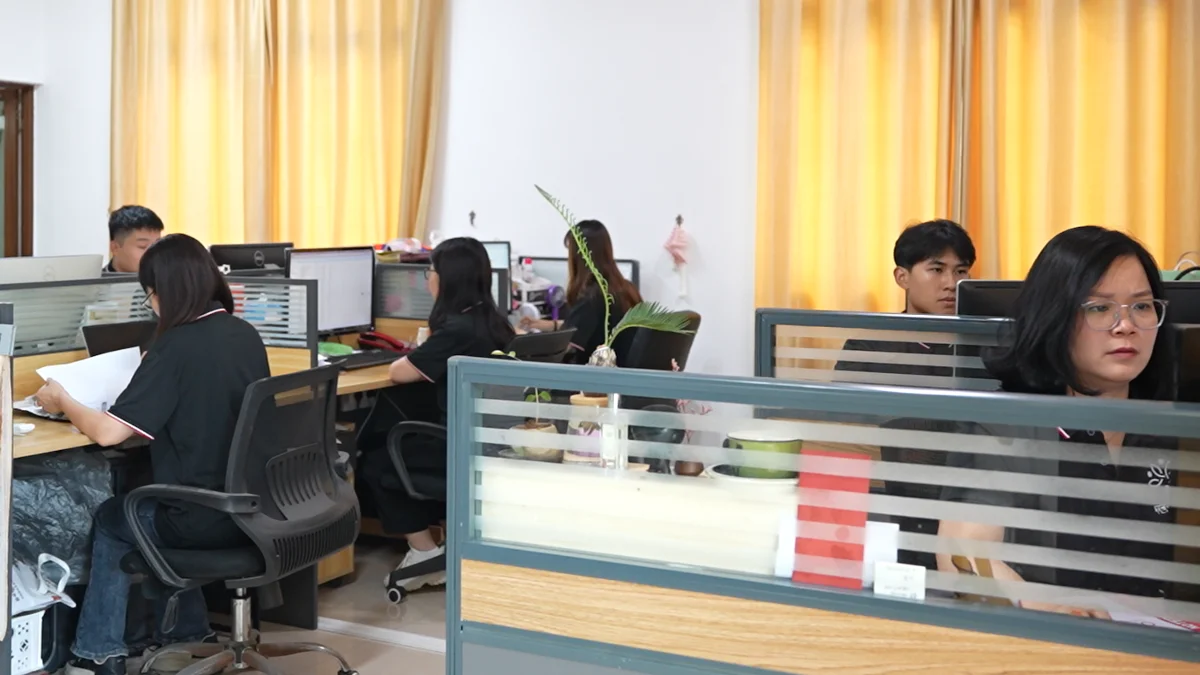
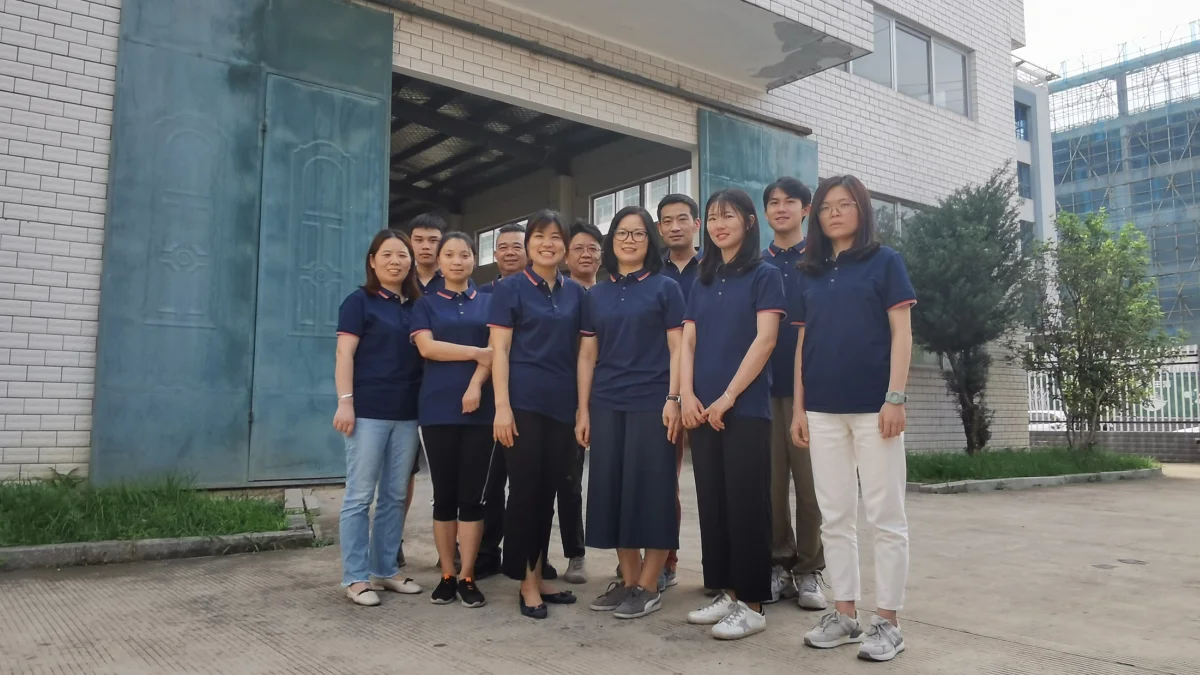
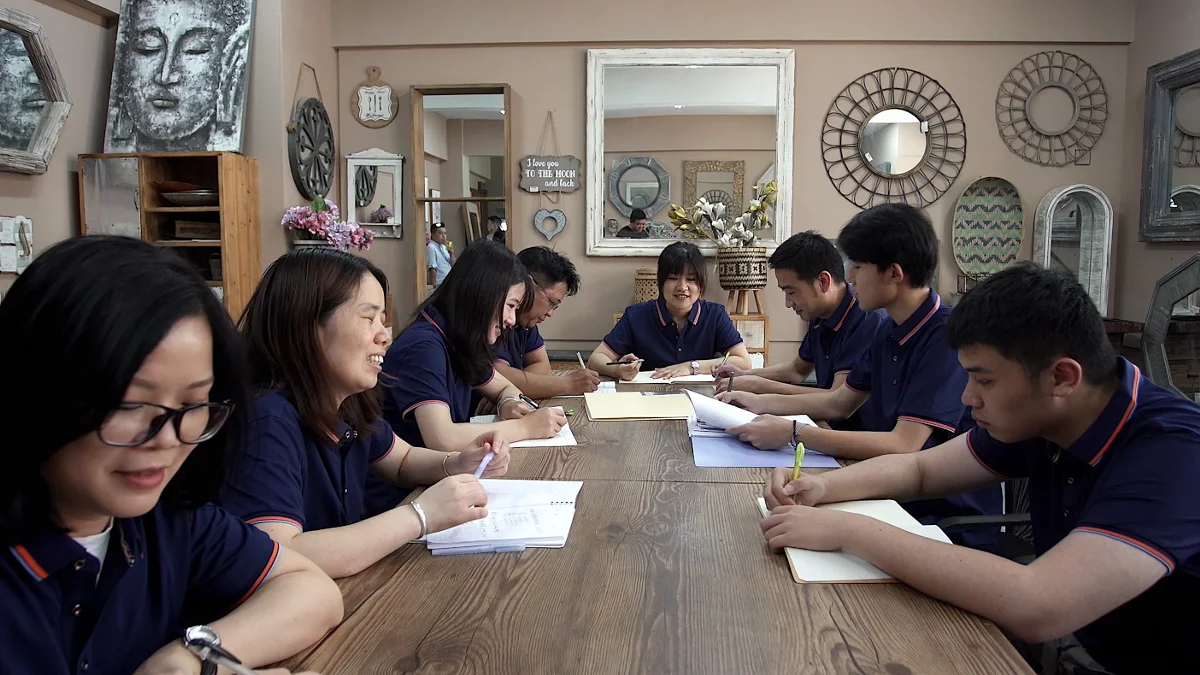
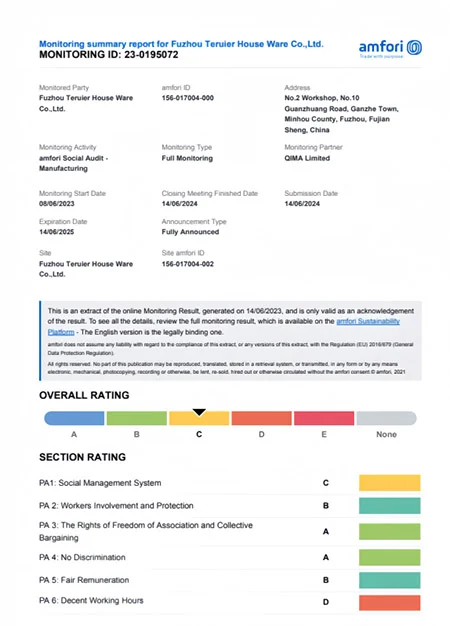


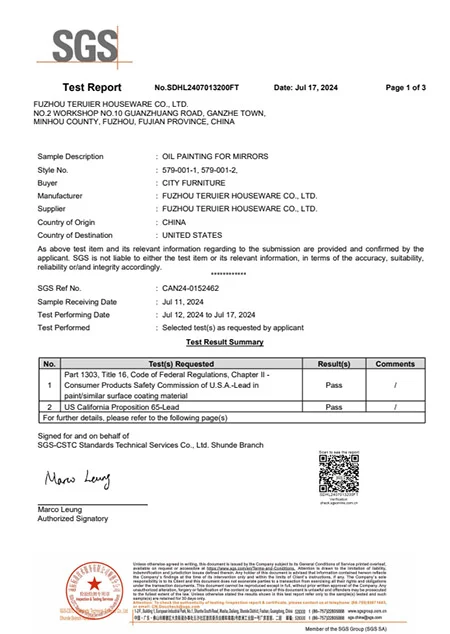
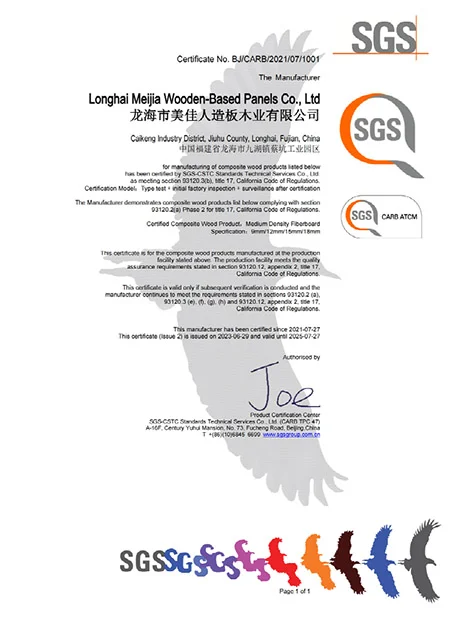

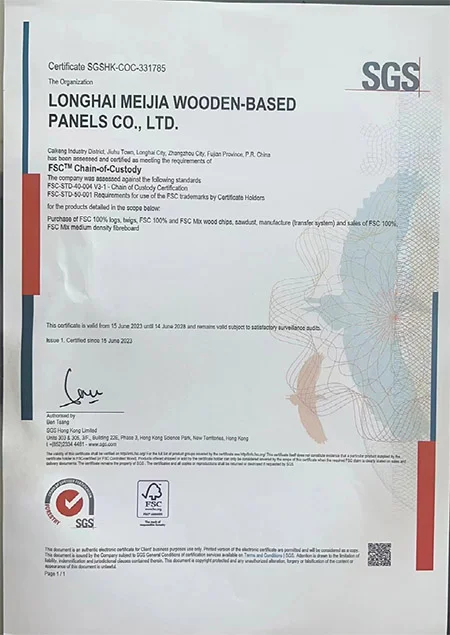
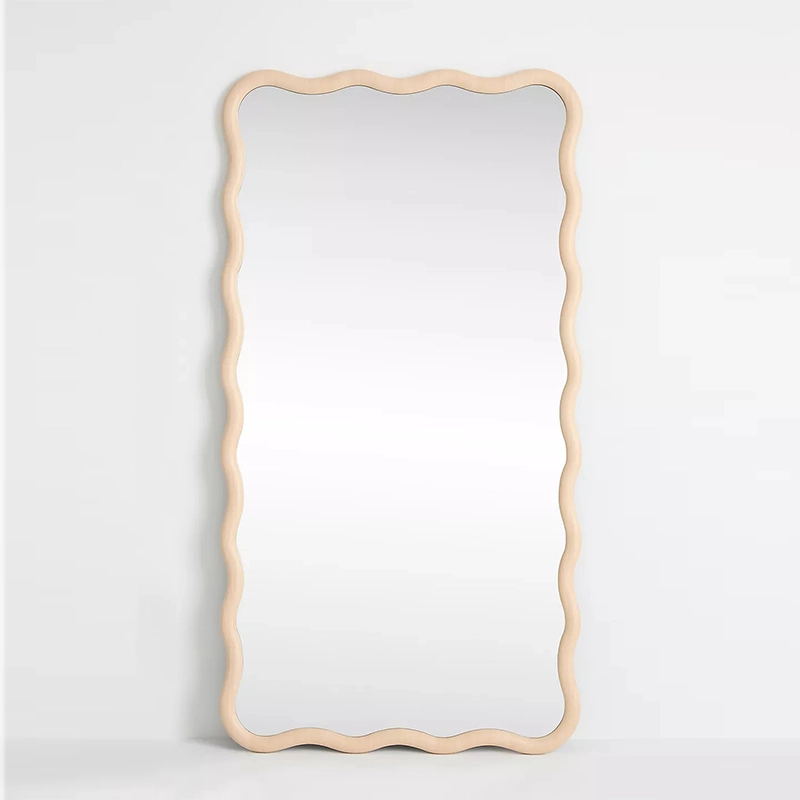
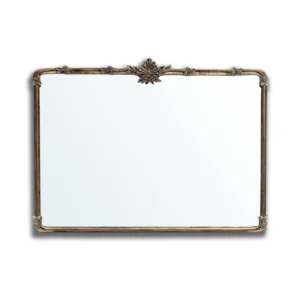
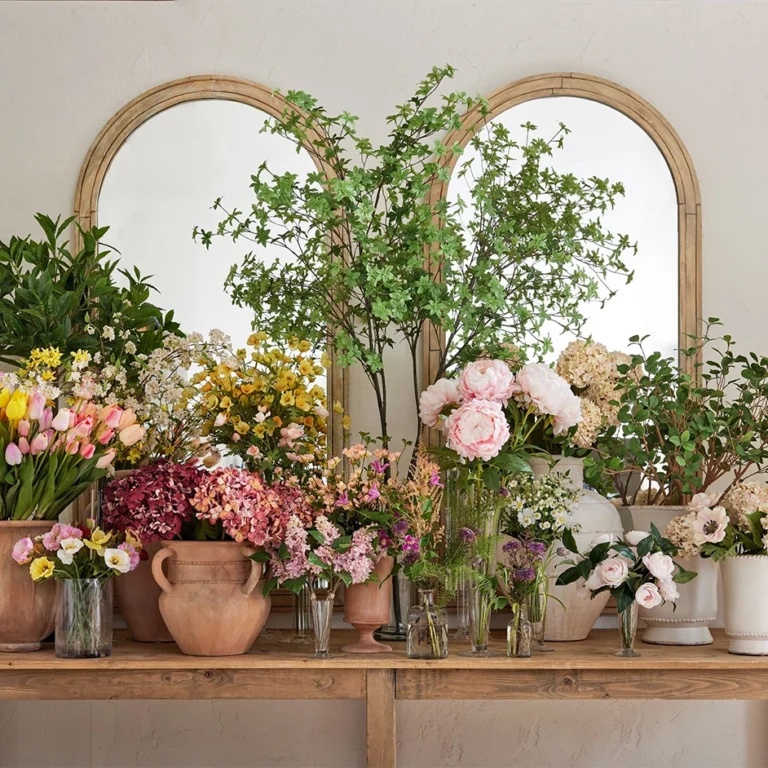
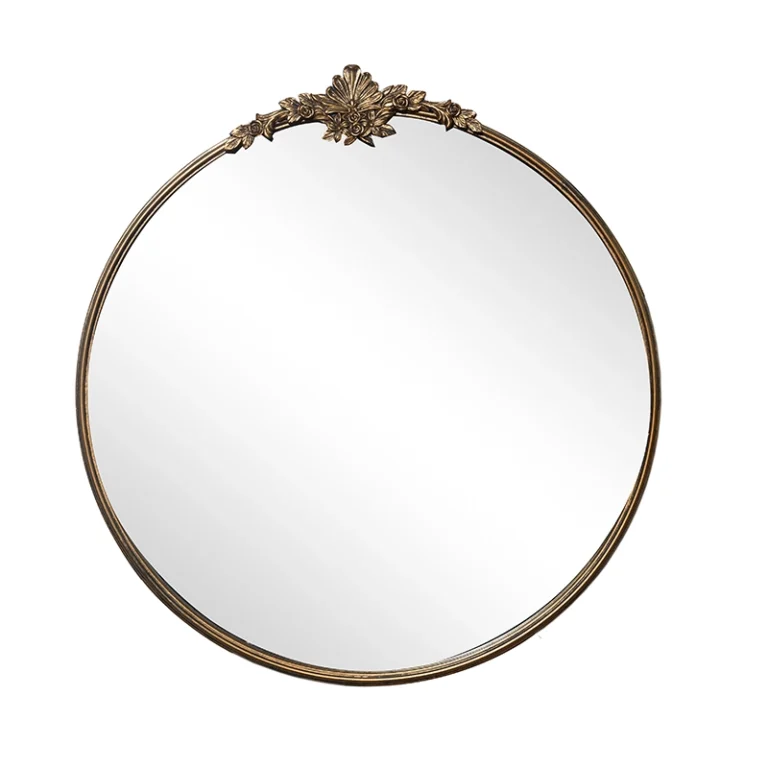
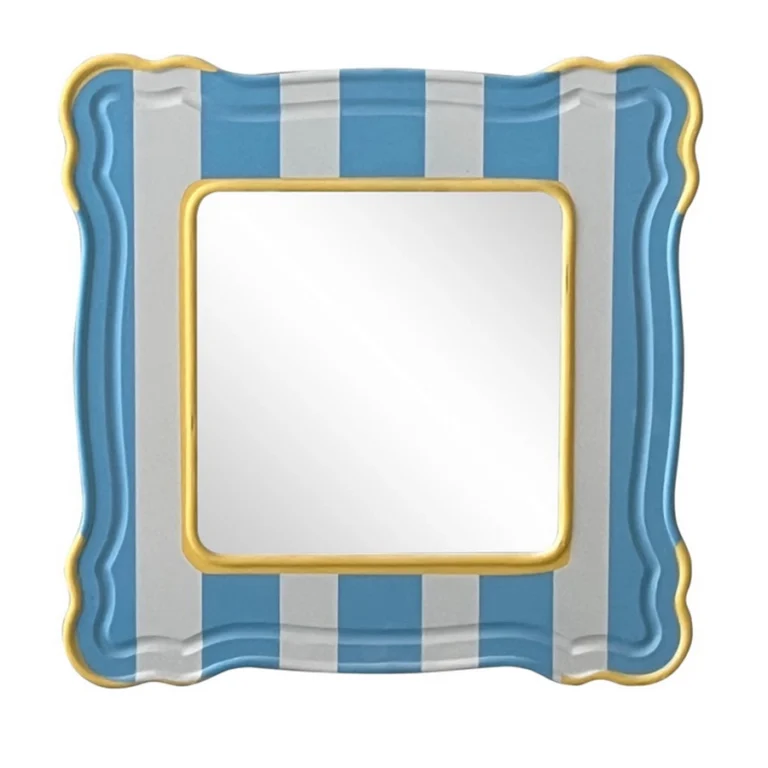
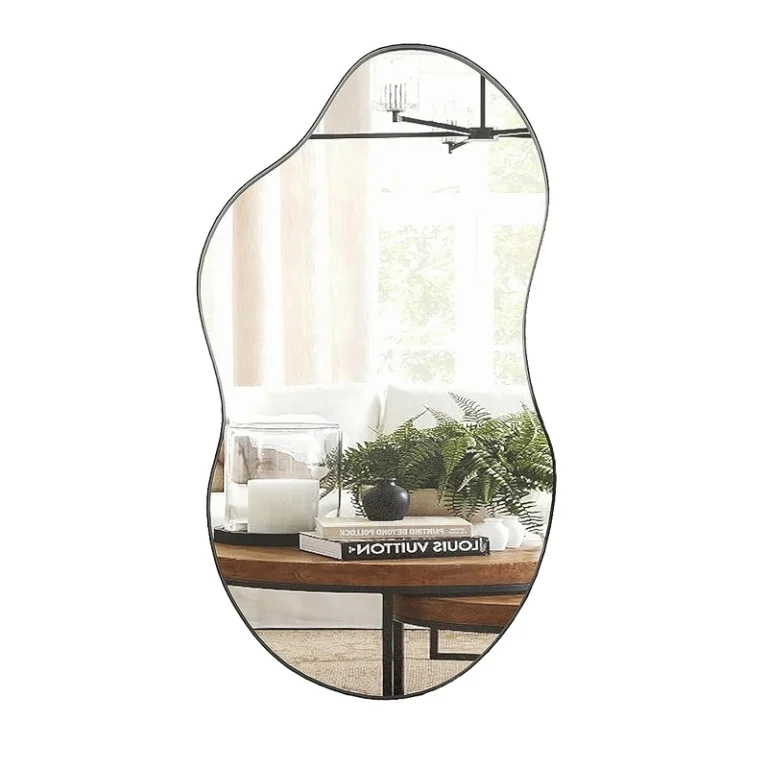

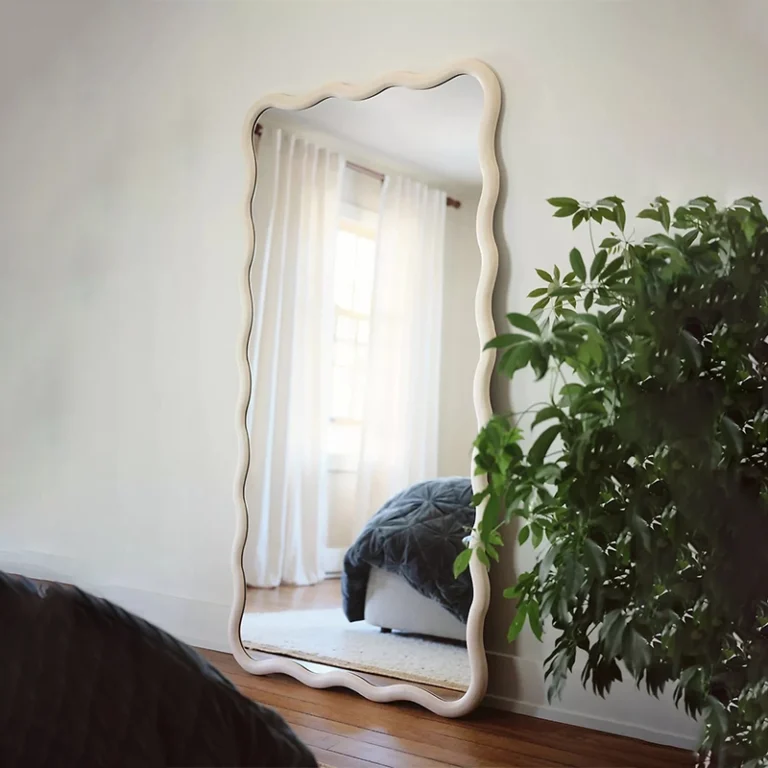

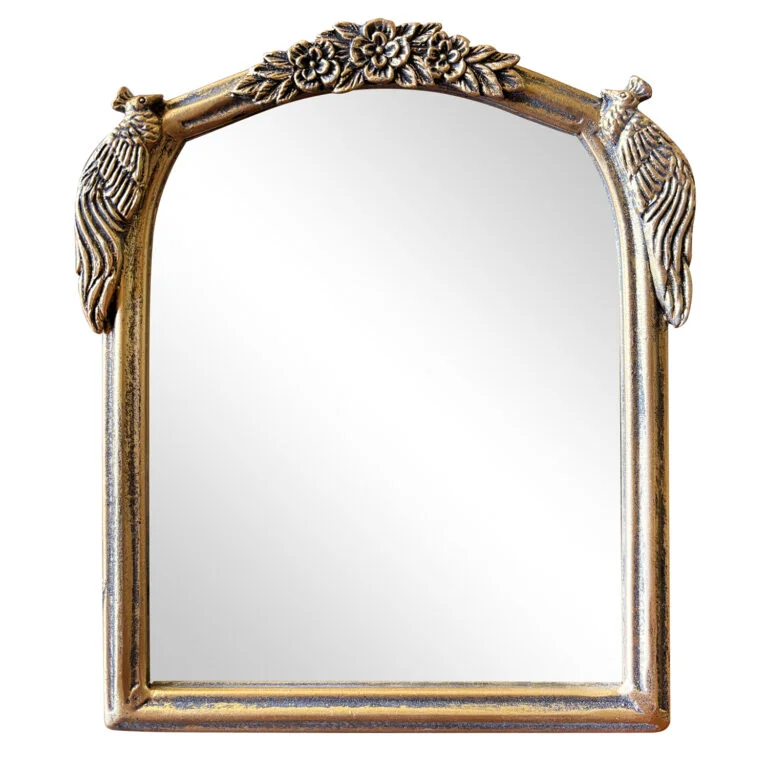
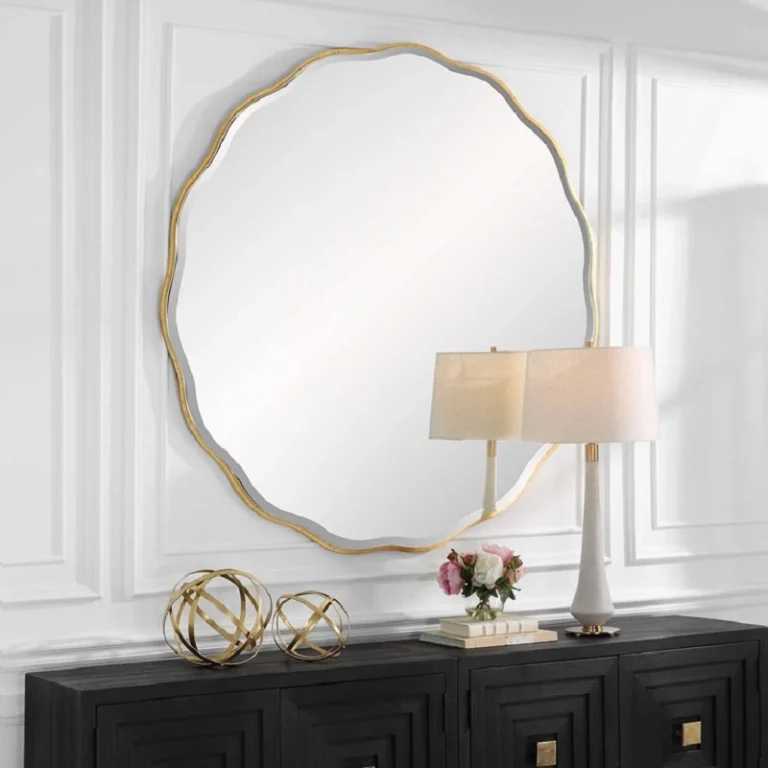
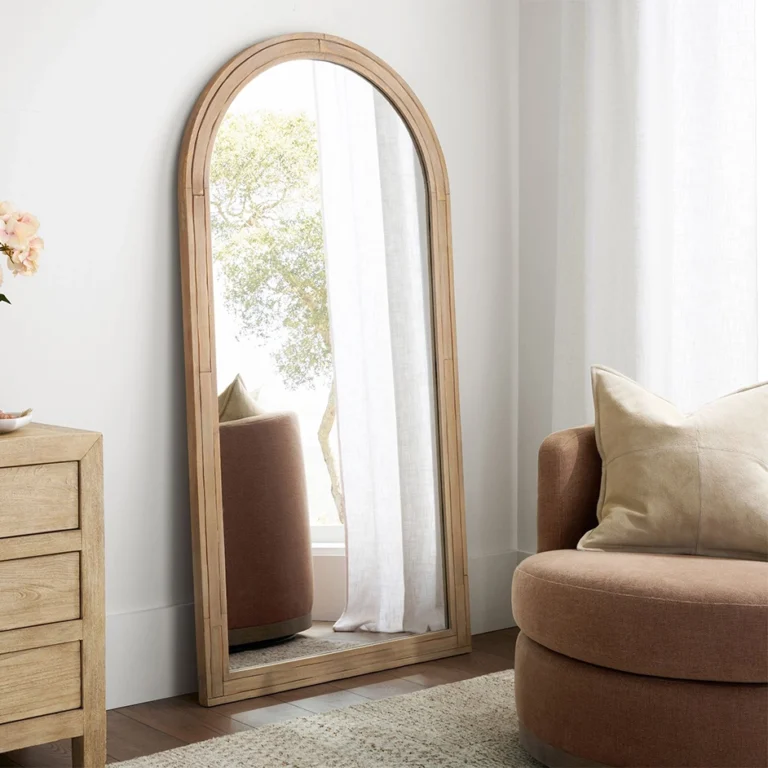
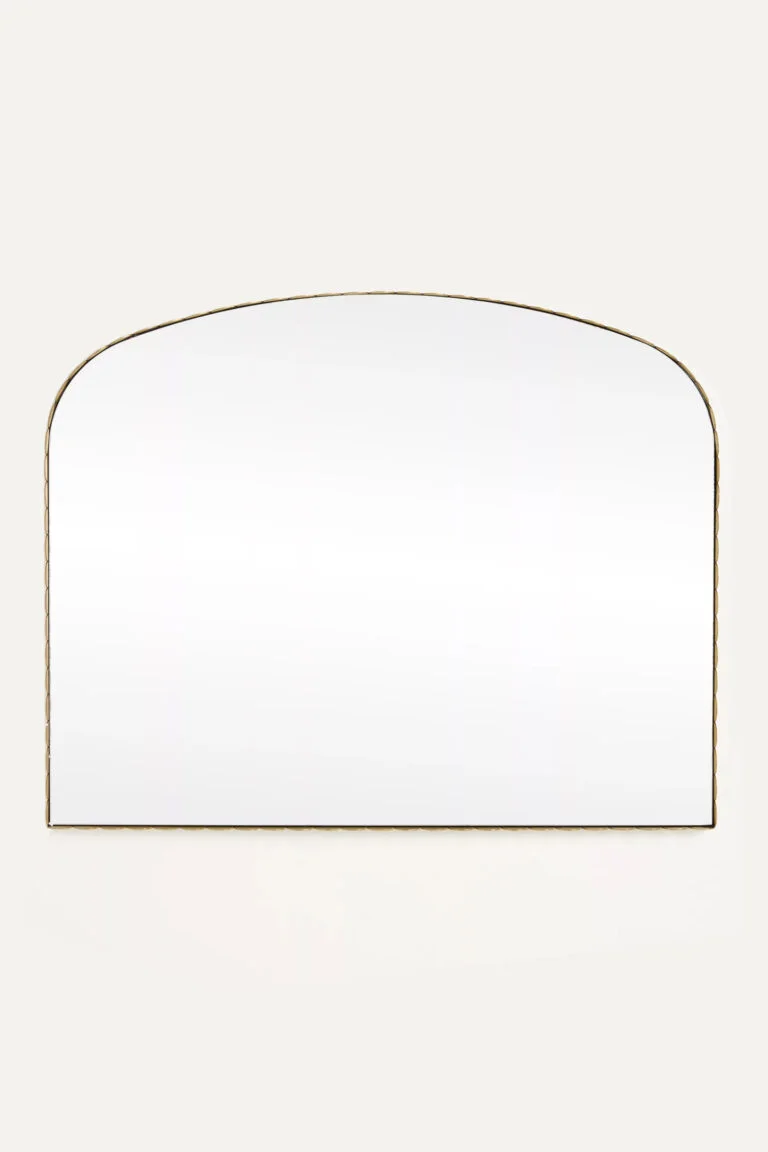
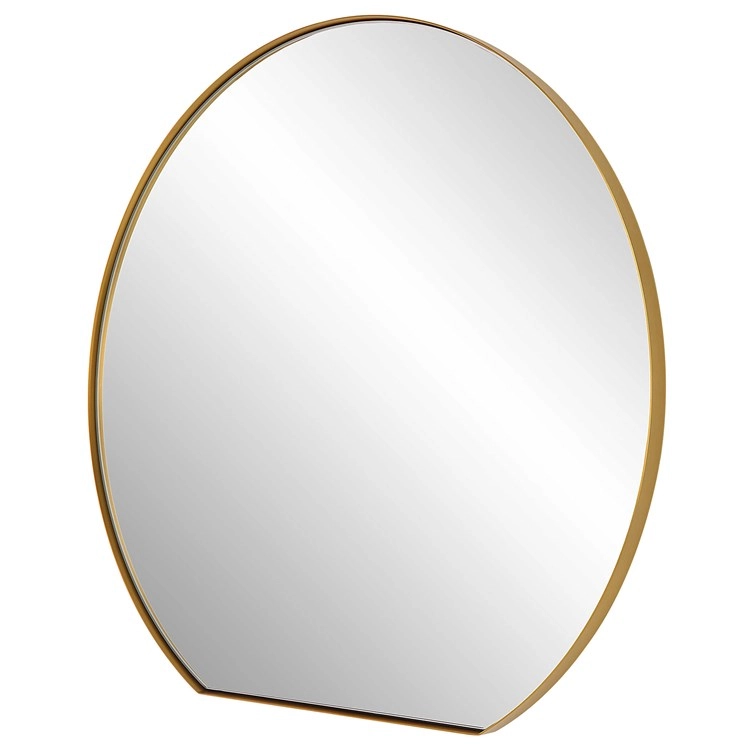
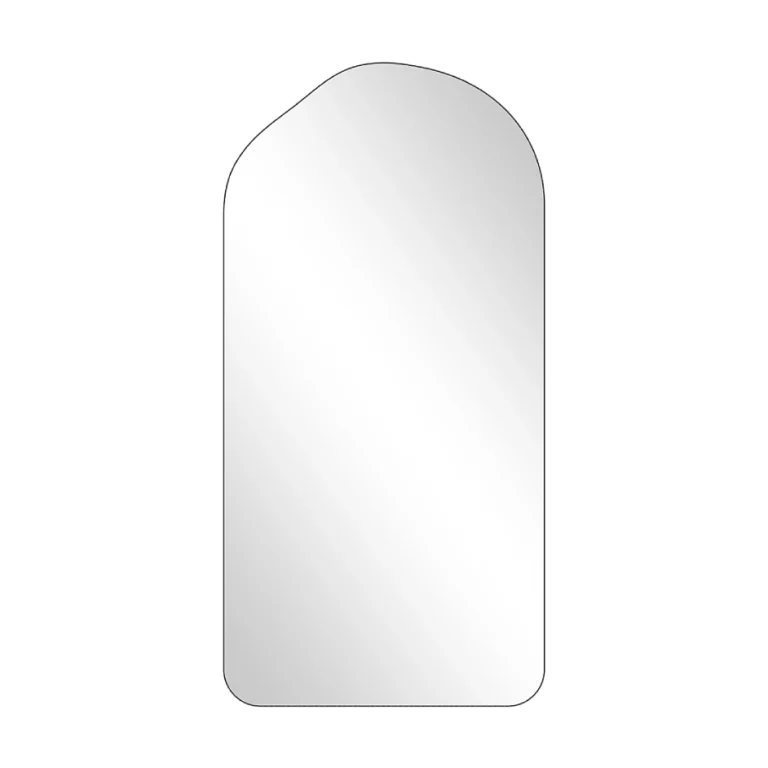
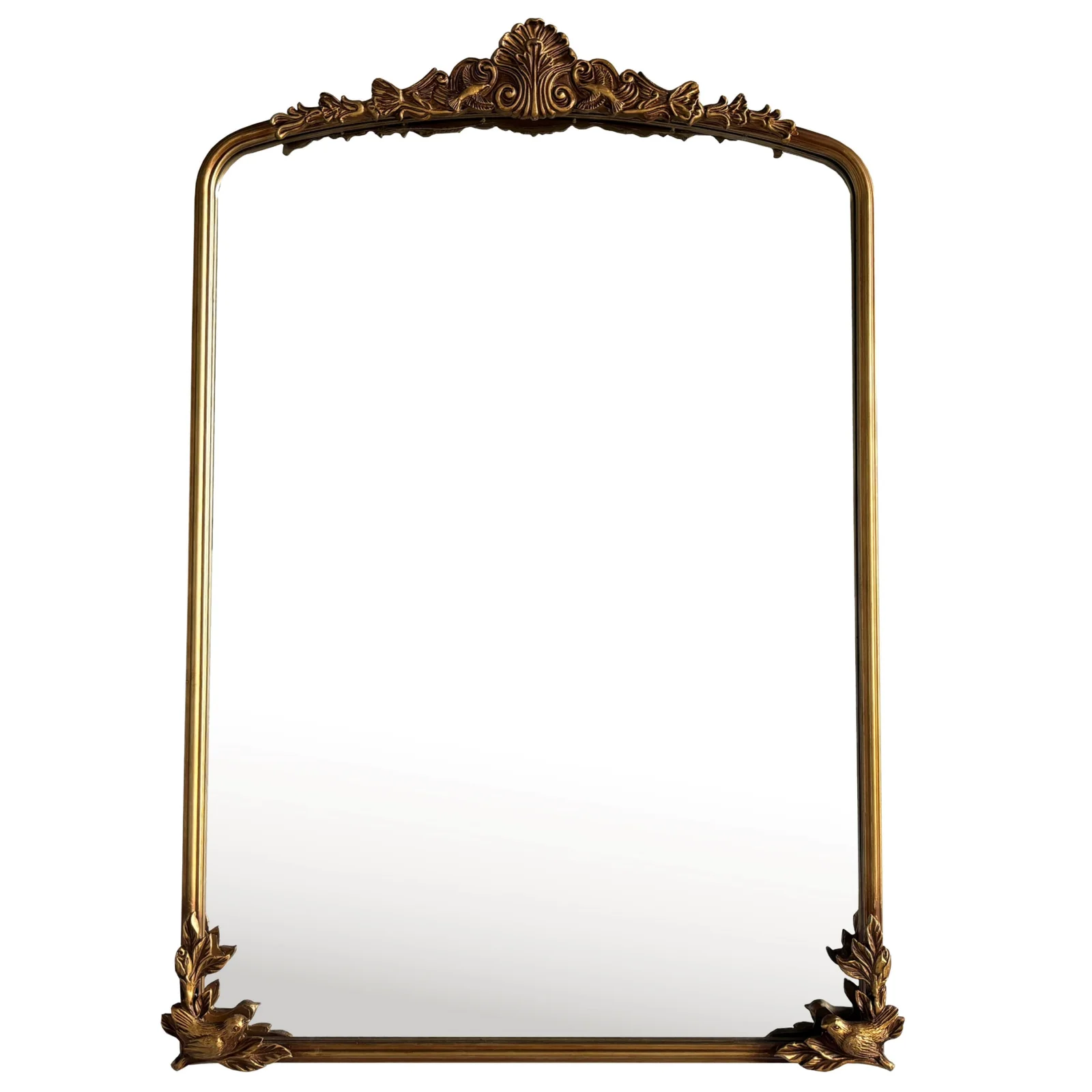
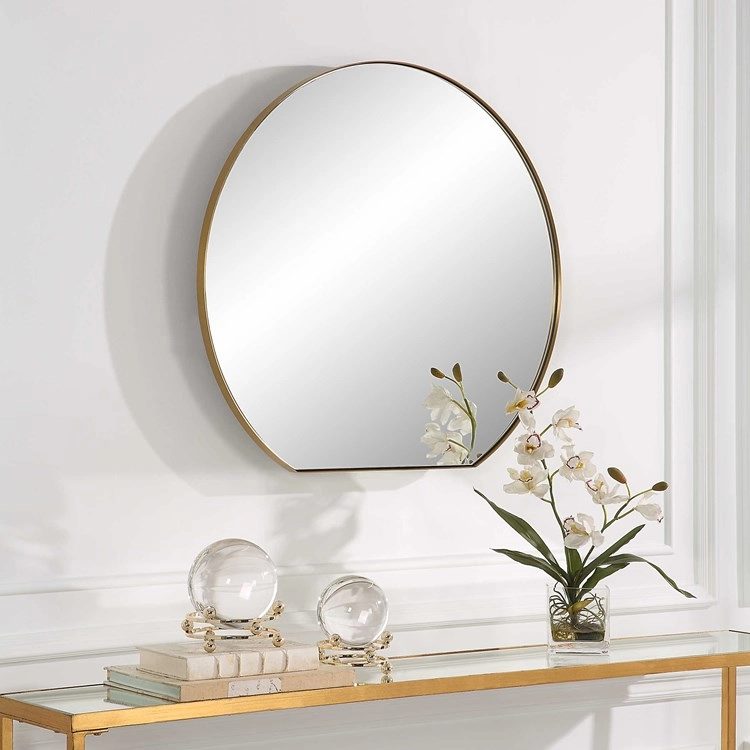
-scaled.jpg)
